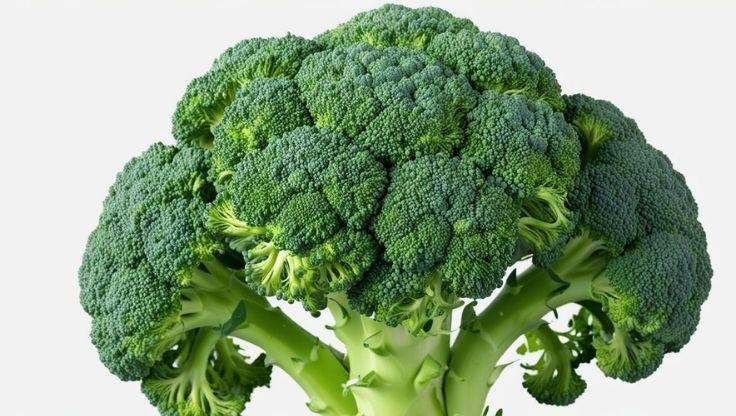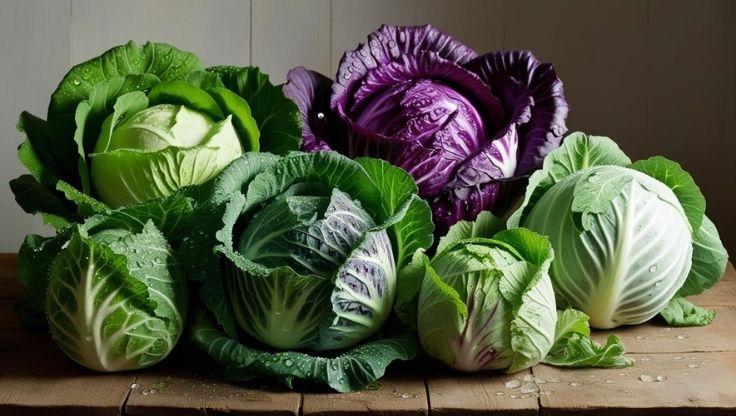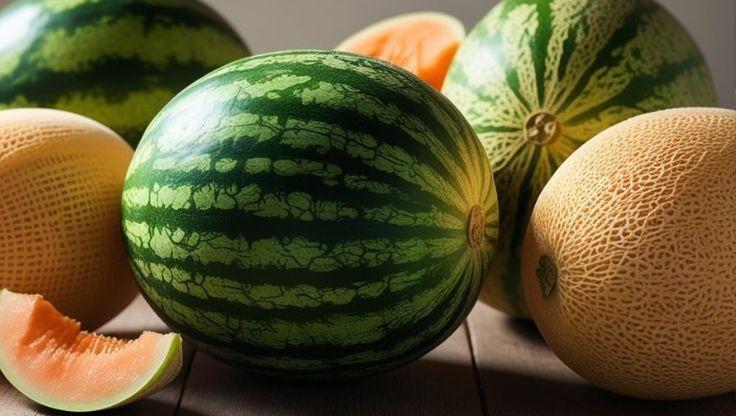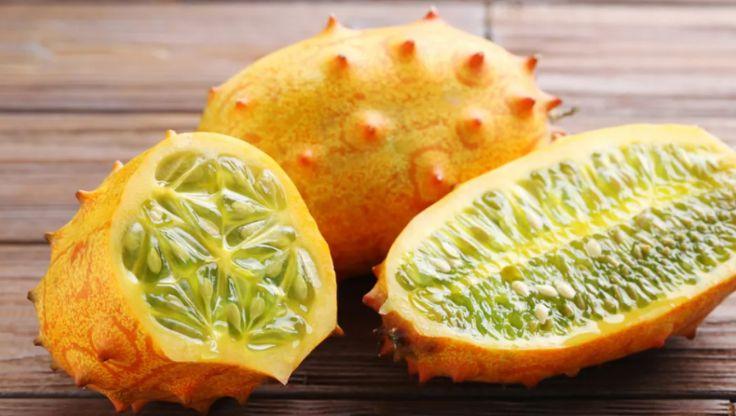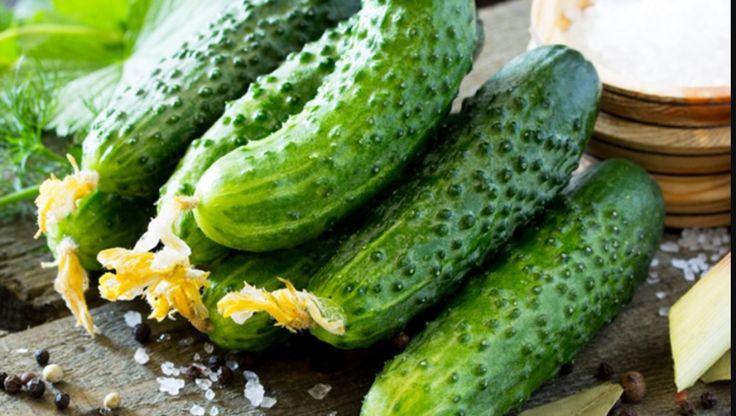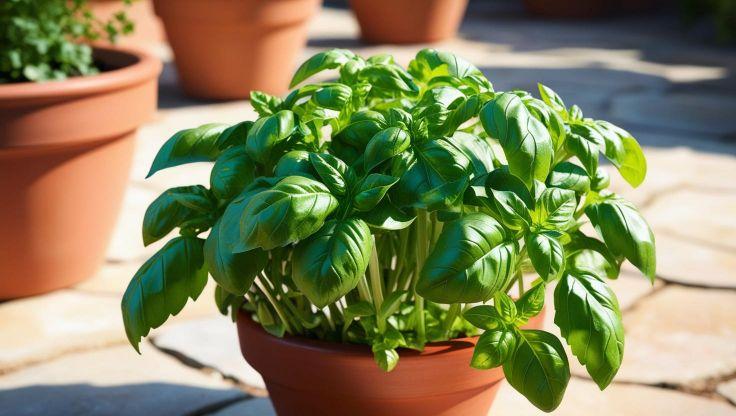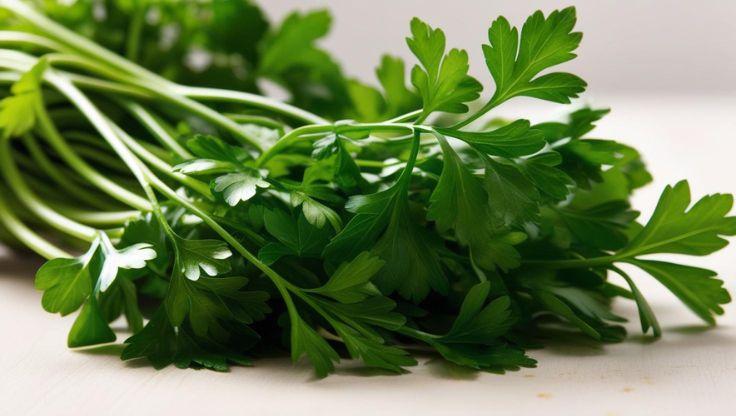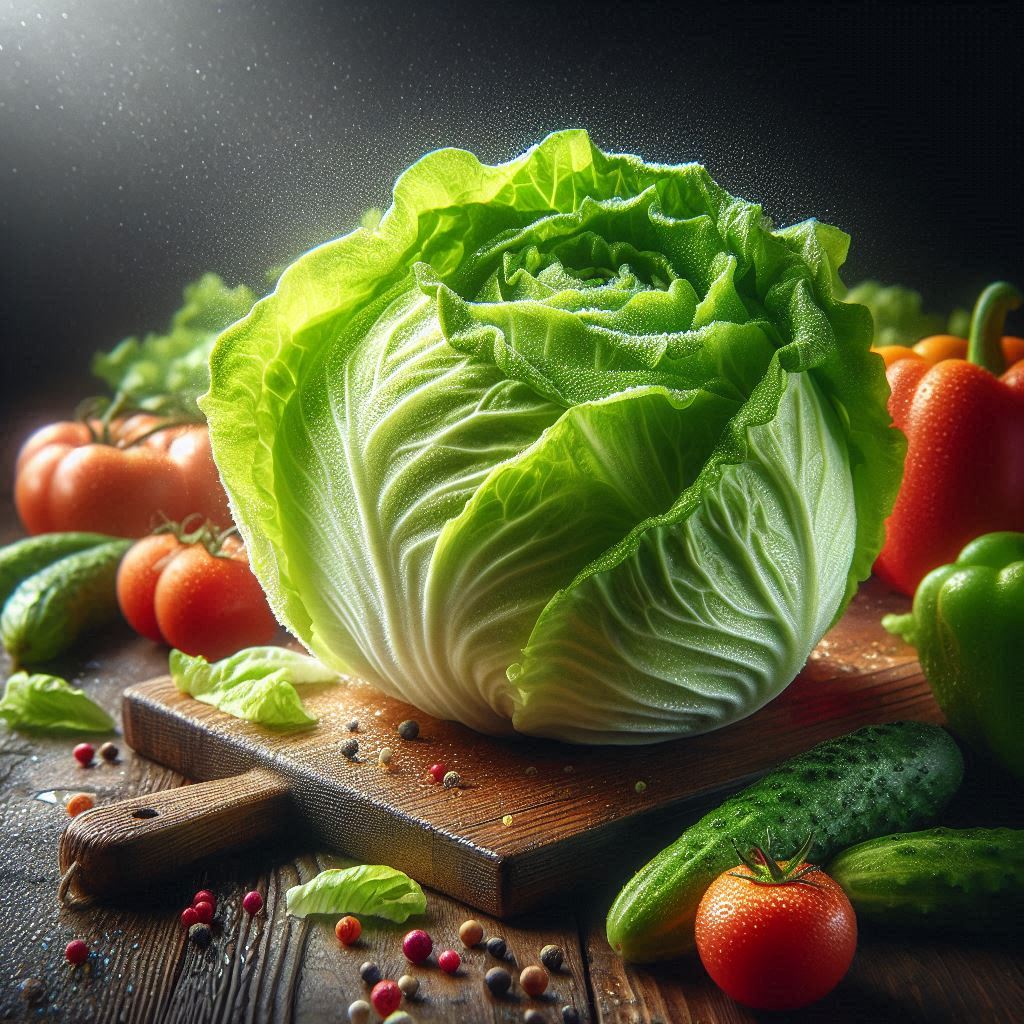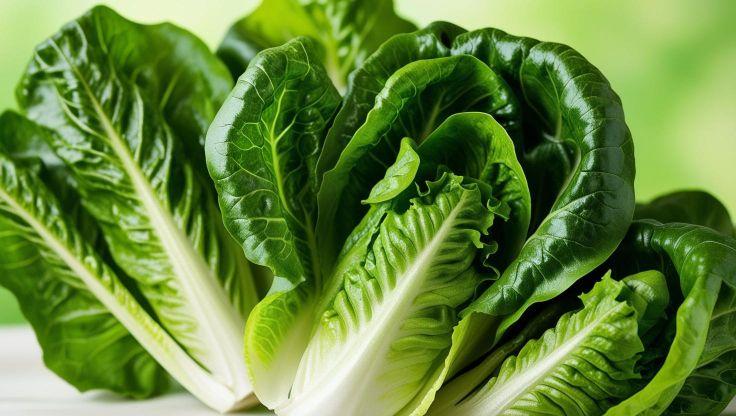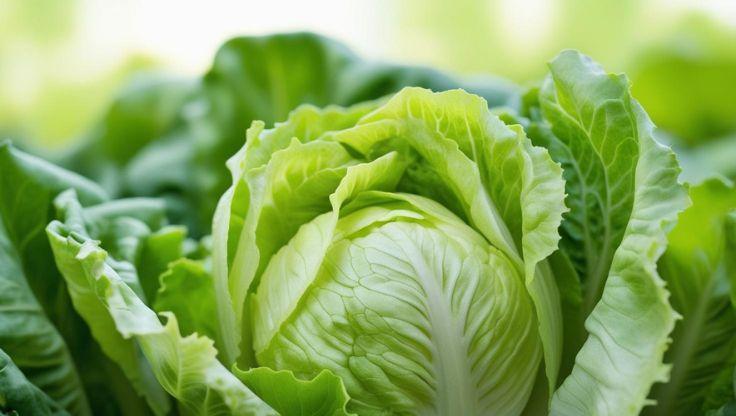Hydroponic Plants: Cultivating Melons and Watermelons for Optimal Growth
Melons (Cucumis melo) and watermelons (Citrullus lanatus) are refreshing fruits that thrive in controlled environments, making them ideal for hydroponic farming. A hydroponic plant like melon or watermelon benefits from optimized nutrient absorption, efficient space utilization, and higher yield potential, surpassing traditional soil-based cultivation methods. By embracing hydroponic plant systems, growers can achieve superior quality produce while maximizing sustainability and resource efficiency.

Optimized Hydroponic Growing Conditions for Melons and Watermelons
Optimal pH & EC Levels
Maintaining precise pH and electrical conductivity (EC) levels is essential for the successful cultivation of hydroponic plants. Melons and watermelons thrive in a pH range of 5.8–6.5, ensuring efficient nutrient absorption and root health. The recommended EC level is 2.0–2.5 mS/cm, providing balanced nutrient uptake to support vigorous vine growth and fruit development. Regular monitoring helps prevent deficiencies, ensuring consistent yields and enhanced crop quality.
Light, Temperature & Humidity Requirements
For optimal photosynthesis and fruit formation, melons and watermelons require 12–14 hours of full-spectrum LED lighting or natural sunlight. A stable temperature range between 22–28°C fosters strong vine development, large leaves, and robust flowering. Maintaining 60–75% relative humidity prevents moisture loss while minimizing disease risks. Implementing ventilation systems and automated humidity controls optimizes the environment, promoting healthier and more productive hydroponic plants.
Best Hydroponic Systems for Melons and Watermelons
Melons and watermelons perform best in Deep Water Culture (DWC), Nutrient Film Technique (NFT), and aeroponics. DWC provides robust root support, ensuring continuous hydration and nutrient absorption. NFT encourages efficient nutrient uptake, delivering a steady flow of essential minerals. Aeroponics maximizes oxygen availability, promoting rapid vine expansion and fruit development. Selecting the appropriate hydroponic system depends on space availability, nutrient delivery efficiency, and production goals.
Detailed Nutrient Formulation & Water Management
A properly balanced nutrient solution is essential for optimal melon and watermelon growth, incorporating nitrogen, phosphorus, potassium, calcium, and magnesium to support leaf development, flowering, and fruit formation. Regular water circulation and oxygenation ensure nutrients remain accessible to the plant. Implementing pH monitoring and periodic reservoir maintenance prevents microbial contamination, ensuring consistent hydration and optimal nutrient uptake.
Seed to Seedlings, Growth Cycle, and Varieties
Watermelon seeds should be planted individually to allow proper root expansion. Once seedlings reach 3–4 inches in height, they can be transplanted into hydroponic systems. The maturity period after transplanting varies by variety, typically ranging between 70–90 days. Popular hydroponic varieties include Sugar Baby, Crimson Sweet, Charleston Gray, and Jubilee, all of which thrive in controlled environments due to their compact growth habits and high yield potential.
Uses and Benefits
Culinary Applications
Hydroponically grown watermelons are prized for their consistent sweetness and enhanced flavor, making them ideal for smoothies, fruit salads, and refreshing desserts. Their high water content also makes them excellent for juices and sorbets, providing a refreshing and nutritious option.
Health Benefits
Watermelons are rich in vitamin C, lycopene, and antioxidants, which contribute to hydration, heart health, and immune function. Lycopene, a powerful antioxidant found in watermelon, has been linked to reduced inflammation and improved cardiovascular health. Additionally, their high water content—over 90% in some varieties—makes them an excellent choice for maintaining hydration.
Sustainability Advantages
Hydroponic farming offers significant environmental benefits compared to traditional soil-based cultivation. Water usage is reduced by up to 90%, as hydroponic systems recycle and optimize nutrient solutions. Furthermore, the absence of soil eliminates the risk of soil-borne diseases, reducing the need for chemical treatments. The controlled environment also minimizes pesticide use, ensuring cleaner and safer produce.
Challenges and Solutions in Hydroponic Watermelon Cultivation
Common Pests and Diseases
While hydroponic cultivation eliminates many soil-related issues, certain pests and diseases can still pose challenges. Effective management strategies are essential to ensure healthy plant growth and optimal yields.
- Powdery Mildew – This fungal disease thrives in humid environments and can weaken plant health. It is best managed through adequate airflow, humidity control, and preventive fungicidal treatments.
- Aphids & Spider Mites – These pests can damage leaves and stunt growth by feeding on plant sap. They are controlled using organic repellents, beneficial insects such as ladybugs, and regular monitoring.
- Root Rot – A common issue in hydroponic systems caused by excessive moisture and poor oxygenation. Prevention involves maintaining proper drainage, oxygenating the nutrient solution, and using disease-resistant rootstocks.
Environmental Stress Solutions
To ensure optimal growth and fruiting, hydroponic watermelon systems require precise environmental management. Proper adjustments in lighting, temperature, and nutrient balance can significantly enhance productivity.
- Light Management – Watermelons require 8–12 hours of direct light daily to support photosynthesis and fruit development. This can be achieved using metal halide lamps, high-pressure sodium lamps, or LED grow lights, which provide consistent illumination.
- Temperature Regulation – Maintaining stable temperatures is crucial for watermelon growth. Ideal conditions range between 75–85°F (24–29°C) during the day and slightly cooler at night. Fans, climate control systems, and automated temperature monitoring help regulate these conditions.
- Nutrient Monitoring – Hydroponic watermelons require a balanced electrical conductivity (EC) level to optimize nutrient absorption. Regular testing ensures that plants receive adequate nitrogen, potassium, and phosphorus, which are essential for fruit development.
Research for expert insights
For expert insight and valuable information, check out the following comprehensive articles:
|
Company/Institution |
Article Title |
Article Link |
|---|---|---|
|
MDPI - Horticulturae Journal |
Plant–Vitamin–Microorganism Interaction in Hydroponic Melon Cultivation |
|
|
University of Palangka Raya, Indonesia |
Growth of Melon (Cucumis Melo L.) Varieties on Different Plant Media Compositions in Hydroponic Drip Irrigation |
|
|
Frontiers in Plant Science |
Production of Low-Potassium Content Melon Through Hydroponic Nutrient Management Using Perlite Substrate |
Their detailed analysis provides in-depth knowledge, making them an excellent resource for readers who want to expand their understanding.







